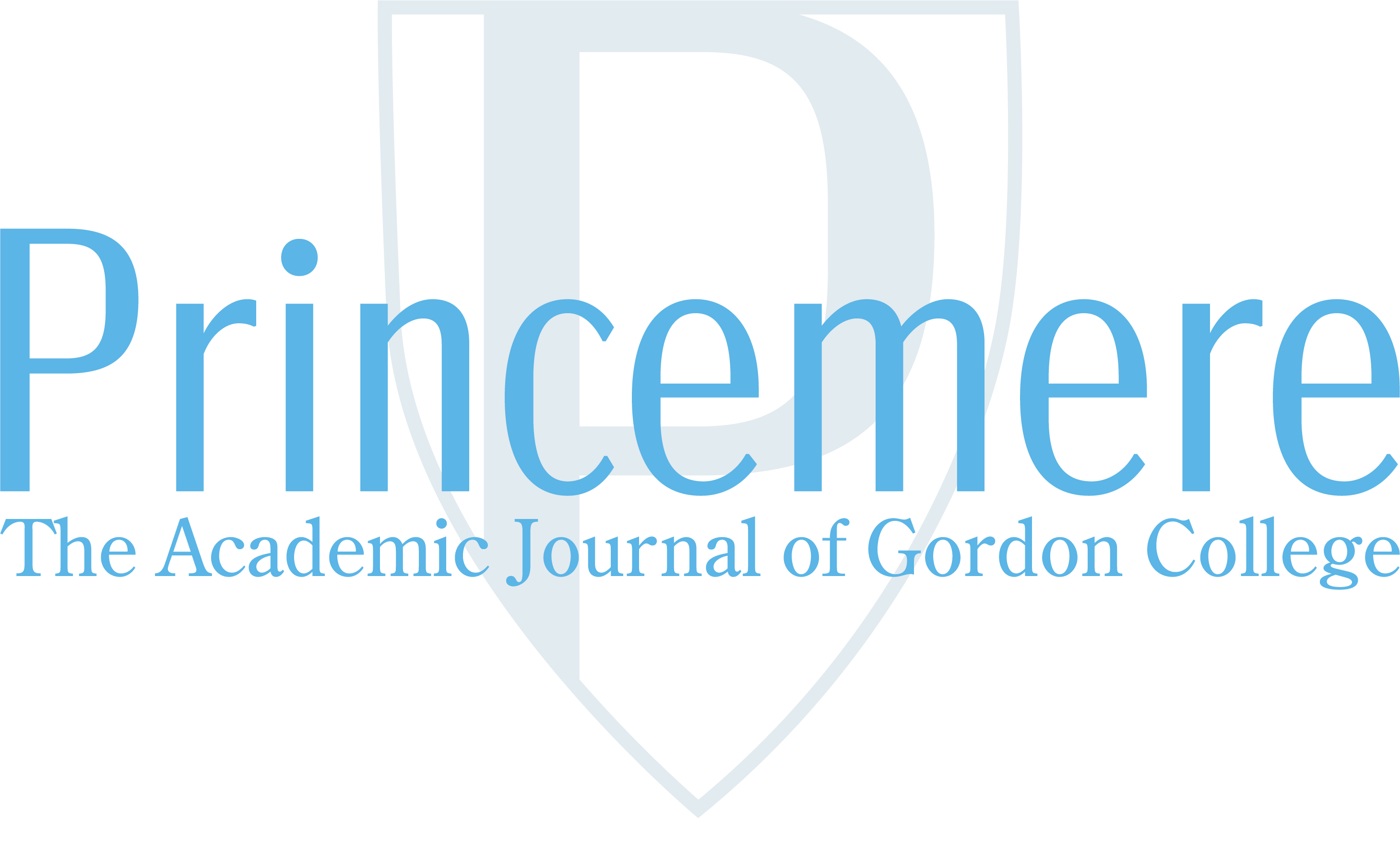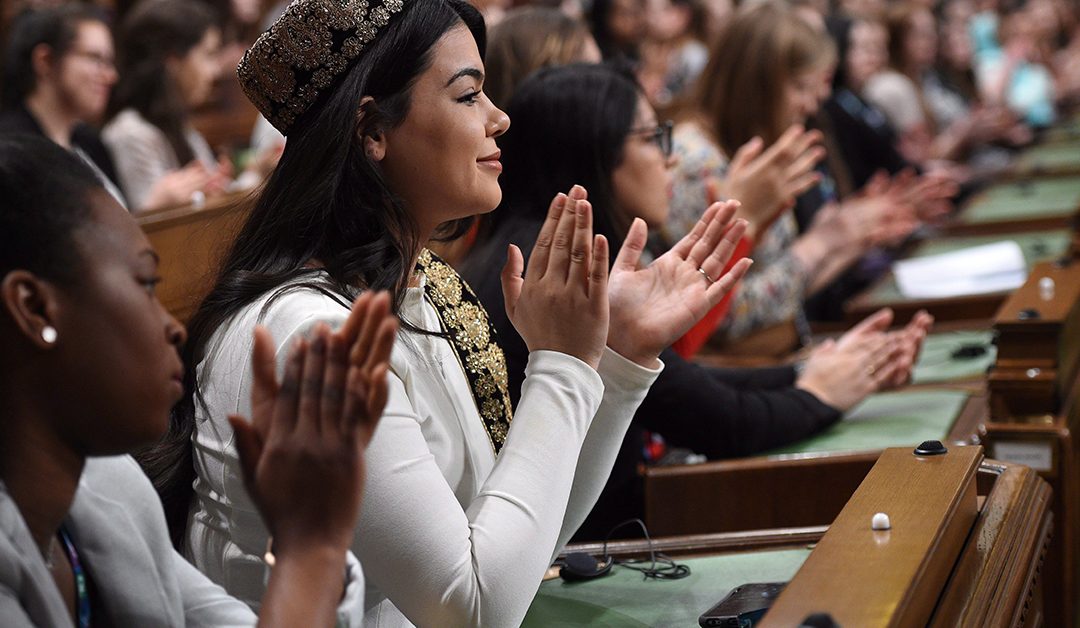Here are listed a few things that are older than the ratification of the 19th amendment to the U.S. Constitution, which guaranteed a woman’s right to vote in the United States: Peanut butter, recreational skiing, smoke detectors, electric blankets, and tow trucks. The basic right of suffrage has only been guaranteed to women in the United States for one hundred years. This right to exercise individual agency in selecting who one wants to represent oneself in popular elections is an essential part of American democracy; any group’s inability to exercise this right dampens and detracts from the democracy of which they are meant to be a part. Women have long since achieved suffrage, but I would argue that this is less than half of true equality between the sexes in a Constitutional Republic like the United States; the second step is equal representation in government. Representation holds great importance in the present and has the power to affect what happens in the future. As equal citizens, women deserve equal representation in government. Fair democracy cannot be achieved until equal representation is accomplished.
We often think of the 19th amendment as a significant turning point in the fight for women’s equality in America; it was certainly an important landmark, but it was only one step in a much longer fight. While universal suffrage is vital, it is not synonymous with equality. The fundamentals of democracy were formed during a time when the idea of truly equal representation was not considered; if the entire base of constituents were of the same demographic, what need was there to stipulate any kind of equality regarding other factors? In the American case, what concern the did the white, male, landowning authors have for the equality the non-white, the women, and the poor? What has historically been considered and thought of within American democracy is not true equality. Over time, however, this ideal has changed; now, true equality is generally thought of as being a goal to be reached.
The personhood of women has long been denied by organizations of power throughout the world, and throughout history. The male originators of democracy in Ancient Greece and Rome did not include women in their proceedings; as the founding fathers of America took inspiration from these civilizations, it is no surprise that American government did not include women in the beginnings of its history. Women were denied an acknowledgement of their personhood because the power structures under which they lived were controlled almost exclusively by men; the social structure that surrounded them created a constant pressure to be passive and deferential, the opposite qualities of those that would have been—and still are–respected in a politician. Under the yolk of second-class citizenship and often denied the freedom to express themselves, women were pushed aside in both the social and political spheres.
Without an acknowledgement of their personhood, women could not hope for representation in government; if they were not of their own opinions, and simply attached to the opinion of their husbands–as many suggested to criticize the women’s suffrage movement—there was no need for the vote. But to assert this was an extension of the deeply held belief that a woman’s value comes from her connection to a man. This belief came about because historically, a woman’s security depended on her male relatives; the world responded to physical strength, which was necessary for survival. In our modern society this is no longer true, and so it naturally follows that the value of the individual is, in fact, individual. Strength of mind, the ability to lead, and ambition are now more relevant than physical strength; these qualities are distributed equally between the sexes.
The basic value of representation has many facets, two of which I will point out as particularly important in this context.
First, it provides a voice for individuals who would not otherwise be able to exert influence. This is the idea at the core of democracy itself; granting the common people a voice in the running of the government that they live under. Their voices being equal in value, men and women must have voices which are equal in volume and number as well. This becomes particularly relevant when legislative and legal proceedings affect issues which only pertain to women. People of the same gender demographic can empathize with each other more deeply than two people of different ones. Empathy should be a key part of representational government, as it allows representatives to advocate for their constituents in a more personal way.
Second, representation provides a concrete benefit for those who see themselves represented. A set of three experiments performed by researchers at Harvard University (Marx, 2002) examined the effect of role models for women taking math tests. The experiments showed that women performed better on math tests when a female role model administered their tests; the women also described their own math ability more positively after learning about a competent female experimenter. The female test-takers were able to see themselves directly represented in other women, which then had a direct impact in improving their performance. These experiments were done specifically regarding mathematical ability and performance, as it is concluded that “increasing the number of female role models in math and engineering classes may allow female students to view the negative gender stereotypes that confront them as surmountable barriers rather than ones that are insurmountable and therefore potentially inspire more women, who may not be initially identified with math, to pursue careers in these academic areas.”
This idea can be applied to the sphere of politics. If a woman sees herself represented in her senator, her mayor, her governor, her judge, or any other position, she is more likely to believe in her own ability to lead, pass judgement, and exert influence. This is a system which perpetuates itself; each generation of women sees how the one previous conducted itself and is affected. When some representation is achieved, more representation will follow.
According to the Congressional Research Service, right now women make up 23.7% of voting Members in the House and Senate (127 of 535). They are 23.8% of total Members in the House (105 of 441, including the Delegates and Resident Commissioner) and 26.0% of the Senate. 9 out of 50 governors are women right now. 2 of 7 Supreme Court Justices are women. This is a snapshot of what female representation looks like right now, but taking a step back to consider these numbers within the context of this country’s entire history provides some disturbing perspective. In America’s entire history, 97.1% of House and Senate Members were male, while just 2.9% were female. 20 states have never had a female governor. Of 113 total Justices of the Supreme Court, 4 have been women. At this point, the United States has never had a woman as president, or vice president.
This indicates that the male opinion has been the dominant one in each branch of government, for every year of this country’s existence. The male voice has spoken loudest, made the vast majority of decisions, and been the deciding entity in nearly every conflict. It is important to note the lack of racial diversity in the history of American government; an entirely separate essay is necessary to address this point, in fact as many essays as can be written are necessary. Men have made up the majority of voices in government; of these, the majority have been white. Women of color therefore have been the most chronically underrepresented demographic in American history. The goal of true equality cannot be approached without every historically underrepresented group achieving equal representation; the particular focus of this essay is the underrepresentation of women.
In this way, the government under which we all live has been formed. It would be naive to ignore this fact. When women enter politics, they enter a space which was not built by people who had intended to welcome them. Still, they enter, because it is their right.
Hillary Clinton was the first woman to receive the presidential nomination on a major-party ticket in 2016. Next year, Senator Kamala Harris will become the country’s first female vice president. Congress is at an all-time high for female membership, with 23.7% of the House and Senate at the beginning of the 116th Congress (Congressional Research Service). These are good indicators of progress, but for a country advanced in many things, the United States lags behind other developed countries in the level of female representation in government. By 1988, 38% of Sweden’s parliament was made up by women (Freidenvall, 2003). It grew steadily from there, with 45% of parliamentarians being women in 2002; by March of 2020, 47.2% of parliamentarians were women. Freidenvall proposes that there are many factors that have contributed to these numbers; these include institutional, socio-economic, and cultural factors. The development of Sweden’s welfare system encouraged increased levels of women in Parliament, as well as increased educational and vocational opportunities for women. Another primary reason for this increase–one that is less often discussed, suggests Freidenvall–is the strategic incentive that the inclusion of women in Parliament offered to its parties. The parties themselves were responsible in no small part for the increase in representation.
Different attitudes were taken by different parties. The Conservative party viewed the issue of underrepresentation as being on an individual basis and focused on instituting programs which would be for the improvement of all, such as education; The Social Democratic party took the position of addressing underrepresentation as the result of a discriminatory system and focused on policies which would be for the express purpose of boosting women from their secondary position.
Sweden offers an individual case for how a more equal representation can occur; the reality is that democracy is an extremely complex entity which is affected by many factors. It is helpful, then, to focus on the primary issues that are affecting equality the United States government today. Tremblay (2007), proffers that equality of representation in government generally is subject to many factors, and there is no specific quality that a democracy can possess that will always correlate with increased representation for women. To qualify this, the primary conclusion that Tremblay draws is that “In countries where democracy has prevailed for only a short time, the voting system constitutes the most important factor in explaining the proportion of women parliamentarians, while in well-established democracies this explanation is found in an egalitarian conception of gender roles.” The United States falls under the category of “well-established democracy”; in this view, therefore, our primary focus returns to the “egalitarian perception of gender roles”.
This strikes upon a point of controversy, for some. Gender roles are a very fraught subject, complicated by many social, cultural, and religious factors. They are often weaponized in political discussion. Viewed through the lens of ideal democracy, equality remains the goal; it must be acknowledged that traditional gender roles present stumbling blocks in the path to representative equality in democracy. If one professes to be in support of an equal and fair democracy, one must acknowledge the necessity of leaving gender roles regarding power in government in the past.
Equality of representation is essential, but it is also useful to inquire what concrete benefits gender diversity in government can offer. Rosenthal, 1995, cited in “Gender and Local Government: A Comparison of Men and Women City Managers” showed in a study done on private sector managers that “women encourage participation, share power and information more readily, enhance the self-worth of those around them, and tend to energize others.” Male and female city managers were asked to make a series of decisions regarding various tasks of the city manager position, and their responses were analyzed. The primary finding of the study was that “women city managers are more likely than men city managers to incorporate citizen input and to be concerned with community involvement in their decisions.” As a result of many factors such as socialization and human nature, women and men are often able to bring different advantages to their workplace. This diversity of skills brings a tangible advantage to the operations of government.
A note for the Yale law Journal (May 2005) by Jennifer L. Peresie that investigated the outcomes of cases decided by three-judge federal appellate panels where claimants were alleging sexual harassment or sex discrimination in violation of the Civil Rights Act of 1964 showed that in “an empirical analysis of 556 federal appellate cases decided in 1999, 2000, and 2001 reveals that judges’ gender mattered to case outcomes. Though plaintiffs lost in the vast majority of cases, they were twice as likely to prevail when a female judge was on the bench.” People are better able to empathize with those with whom they have shared experiences. Women in American government understand the nuance of what it means to be a woman in America and can advocate for them on a personal level, just as white men have been doing for other white men for centuries.
Women have historically been excluded from participation in government, and therefore have not been able to play a large role in the way our country is governed; the time has come for better democracy to be achieved through equal representation for women in all levels of government. Representation means that young women can see role models within their government and can then be better able to believe in their own abilities. It means that women have a voice, where they have historically had none. It means that a democracy becomes fairer and more equal, and therefore ultimately becomes better for future Americans.

Ella G Steen
Ella is a freshman at Gordon, majoring in Linguistics. She is from the Twin Cities area in Minnesota. Ella enjoys reading, writing, watching movies, and learning about linguistics. She is very excited to be writing for the Princemere this year, and hopes Gordon students will enjoy what the journal has to offer!

